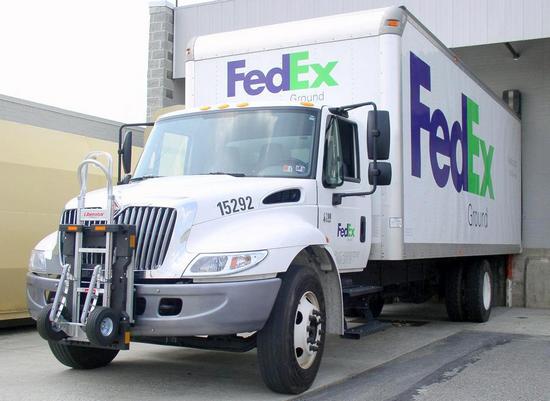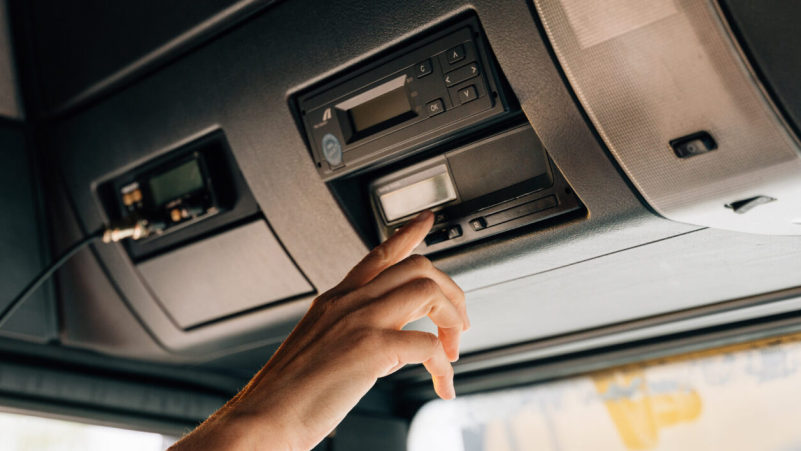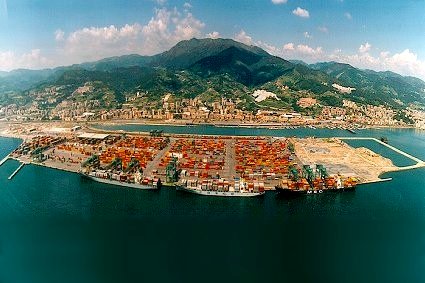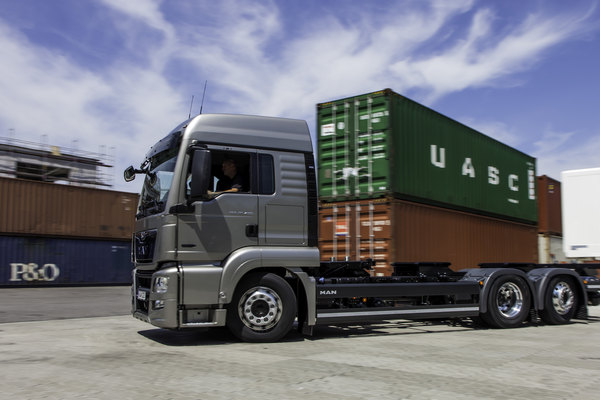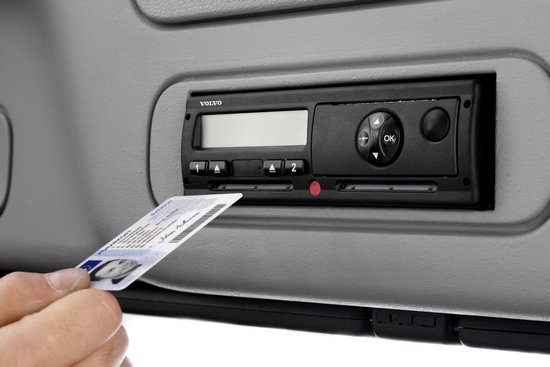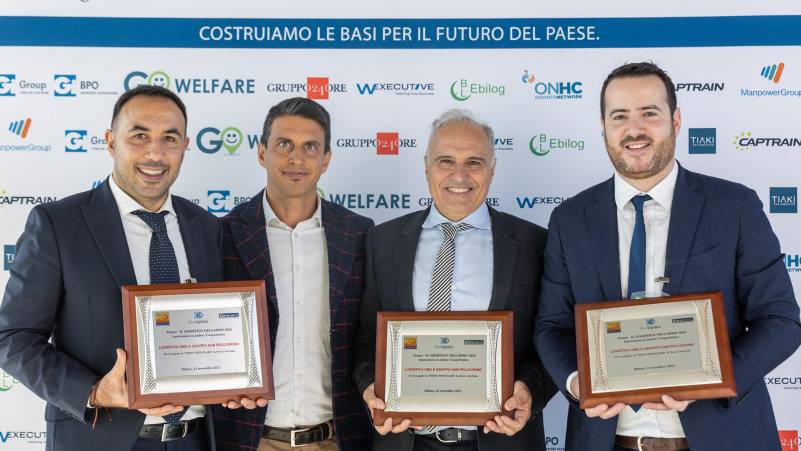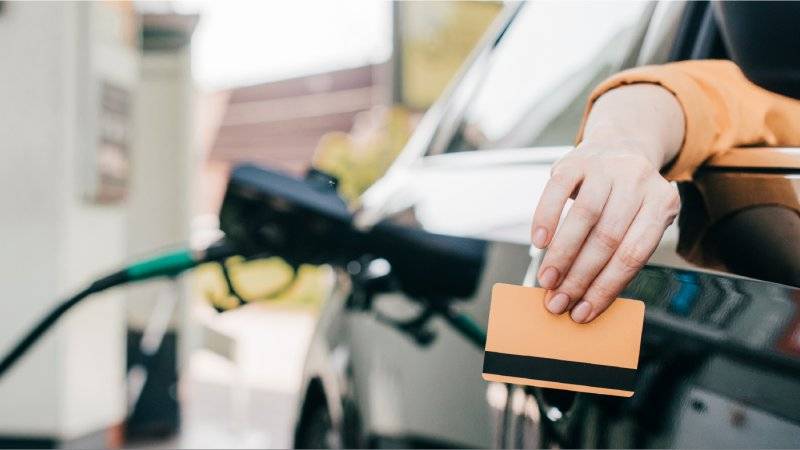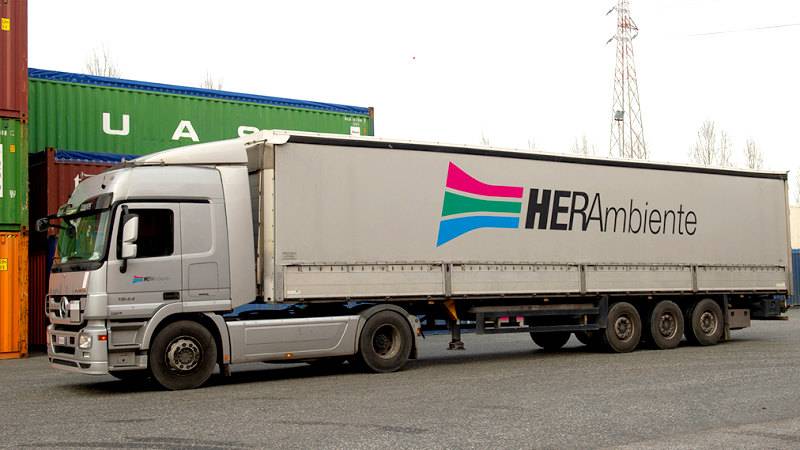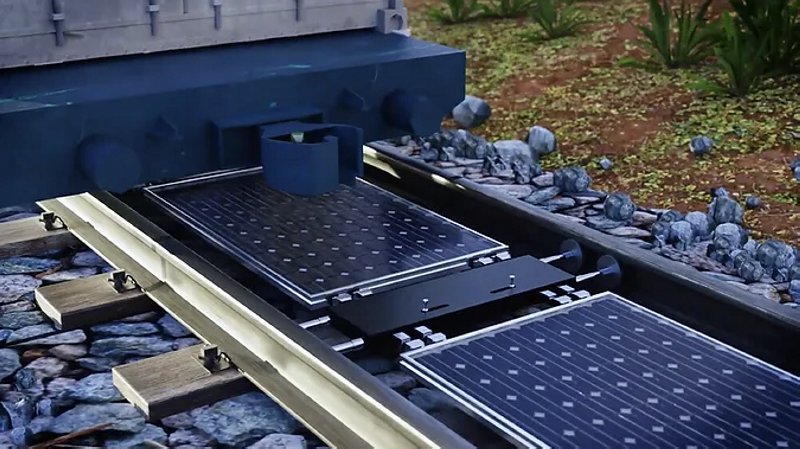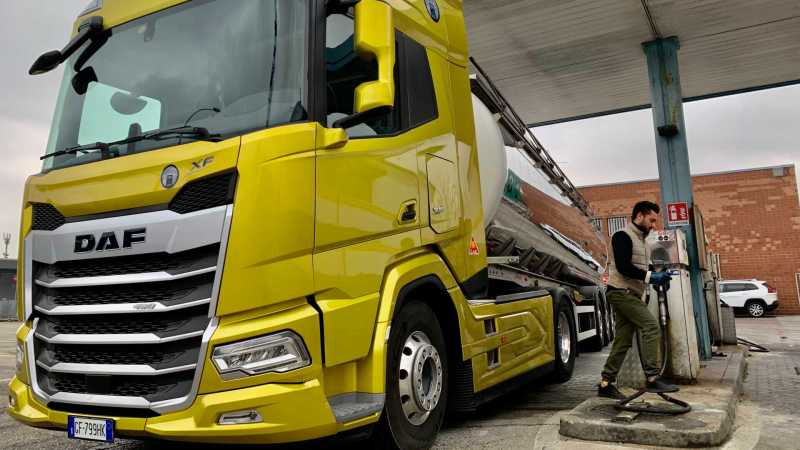According to some industry insiders, this is just another chapter in a never-ending saga. Nevertheless, the Swiss Federal Council has decided to make a one-time contribution of just over €190 million to support the development of the Digital Automatic Coupler, commonly known as DAC. Swiss authorities, led by the Department of Transport, are aware that the DAC is still met with skepticism, especially from Eastern European rail operators, but see it as crucial for ensuring the competitiveness of freight services.
Albert Rösti, Minister and head of the Department, acknowledges the difficulties but stresses the need for practical solutions: "The railway industry must deliver a simple, cost-effective technical solution for mass production, and the European Union must find a way to enable the migration to DAC in countries with fewer resources. I am confident that this will succeed, and DAC will revolutionize rail freight transport in the long term."
This optimism may seem misplaced, as despite many hopes and setbacks, several European agreements have been reached, and various prototypes tested, without arriving at a continent-wide solution. The most recent initiative is a joint document from Switzerland, Germany, and Austria, issued in April 2024, urging the EU to co-finance the installation of automatic couplers on 500,000 freight cars across Europe.
However, this request could be seen as premature, given that a universally accepted technical solution has yet to be defined. The industry's commitment remains strong. For instance, at the 2023 edition of the Expo Ferroviaria, Ditecfer presented a model that stands out from the DACs currently under development in Europe, as it is classified as Type 5, meaning it is fully automatic in both coupling and uncoupling through electronic control. Additionally, it allows the use of existing freight cars with minimal modifications, significantly reducing upgrade costs.
Over the past few years, hundreds of practical tests have been conducted on different types of freight cars, assessing both mechanical performance and electrical and digital coupling, even under extreme weather conditions. The results have been promising, particularly regarding mechanical durability and the strength of the couplings.
However, the economic challenge remains, with costs still to be fully quantified. Funding programs, including those at the EU level, are necessary to cover the estimated €5,000 per coupler. With potentially hundreds of thousands of European freight cars requiring upgrades, the total investment could exceed €5 billion, including workshop adaptation costs. The ultimate goal, however, is to establish a single interoperable solution that can become the European standard.
Piermario Curti Sacchi



